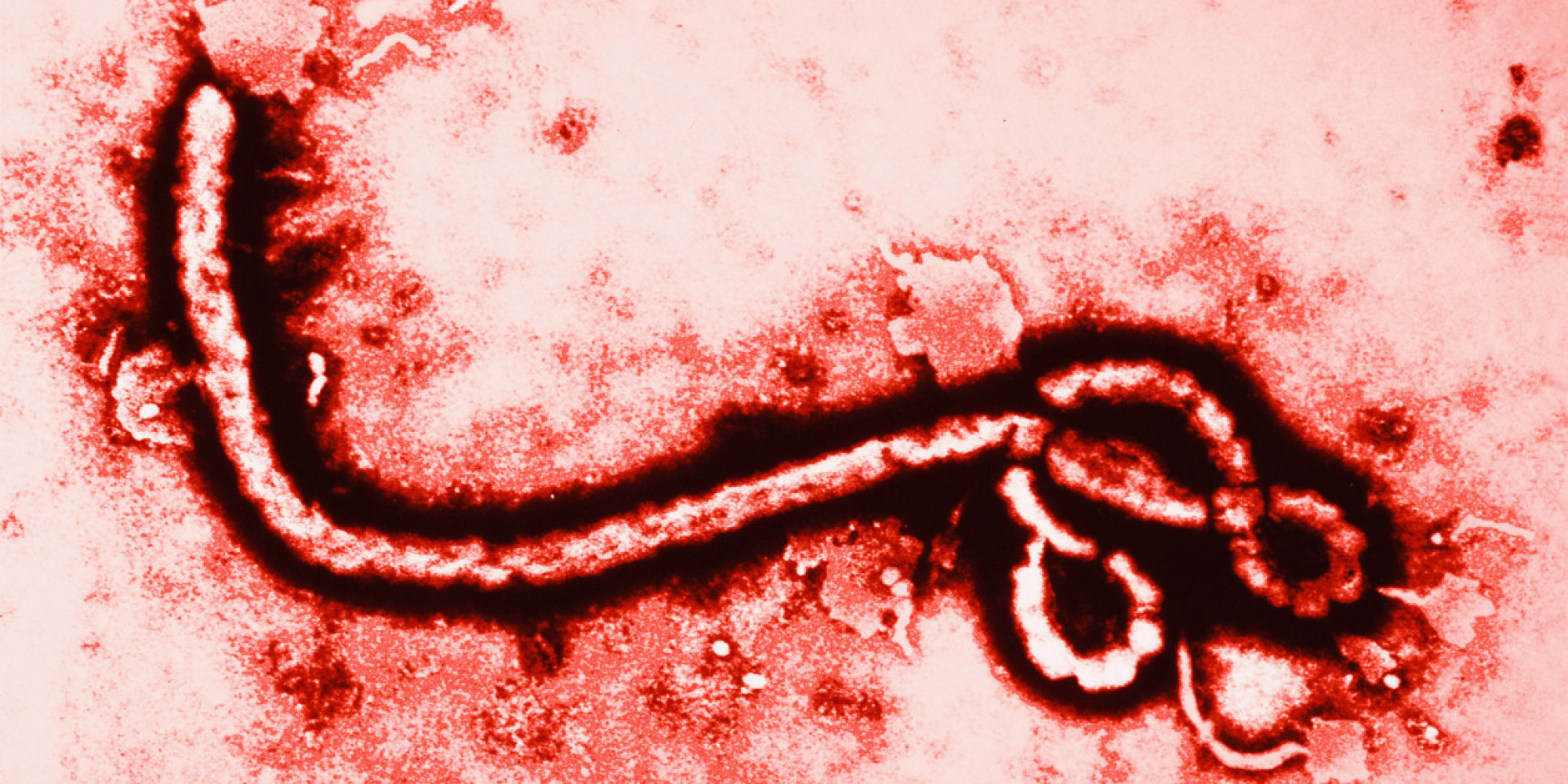Which virus do we consider deadly? Is it the virus that spreads quickly? Or is it the virus that kills most of the infected persons? Viruses are tiny organisms that are not alive; they cannot grow or multiply on their own, but rather need a human or animal cell to take over the cell to be able to multiply.
Influenza
Influenza, or flu, is on the top of the list of deadly viruses. Influenza is an air-borne virus that spreads through coughing and sneezing; it can also spread through blood, bird dropping, saliva, and nasal secretions. Everybody gets infected with the flu and we think that it is not a big deal; however, every year, influenza racks up a massive number of deaths from among the old, the very young, and the sick. Despite the existence of a safe and effective vaccine for over sixty years, influenza still causes up to half-a-million deaths annually.
The outbreak of the Spanish flu in 1918 is considered among the worst pandemics in human history; it is believed to have infected almost a third of the global population and caused up to 100 million deaths. During the epidemic, the fatality rate was 20% of those infected compared to the usual 0.1% from seasonal flu. The Spanish flu was so deadly because it did not kill infected people only, but it killed healthy people as well. The particular strain caused the immune system to turn on itself, creating an overreaction known as a cytokine storm; as a result, those with the strongest immune systems were at the greatest risk.

Nowadays, the deadliest and most contagious strains are distinct. One fear is that the potentially lethal strains such as the H5N1 Avian influenza (bird flu), which is not able to spread person-to-person, would only require a small genetic event to cause an epidemic. Although there have only been just over 600 cases of bird flu, about 60% of them have been fatal, making it one of the most virulent human diseases.
Ebola
Ebola spreads through contact with blood or other body fluids, or tissue from infected people or animals. The deadly virus is named after the Ebola River in the Democratic Republic of the Congo where it was first reported. Ebola Hemorrhagic Fever (EHF) has a 50–90% mortality rate, with a rapid onset of symptoms that start with a headache and sore throat, then progress to major internal and external bleeding and multiple organ failures.
There is no known cure. Four of the five known Ebola viral strains cause Ebola Hemorrhagic Fever (EHF), which has killed thousands of people in sub-Saharan African nations since its discovery in 1976. One strain, Ebola Reston, does not even make people sick; but for the Bundibugyo strain, the fatality rate is up to 50%, and it is up to 71% for the Sudan strain, according to the World Health Organization (WHO). According to WHO, the outbreak in West Africa, which began in early 2014, is considered the largest and most complex outbreak of the disease to date.

*Published in SCIplanet printed magazine, Summer 2017 Issue.
*Read more about Ebola in SCIplanet Online Magazine
References
livescience.com
mentalfloss.com
listamaze.com
thefactsite.com
newyorker.com
topyaps.com
news-medical.net